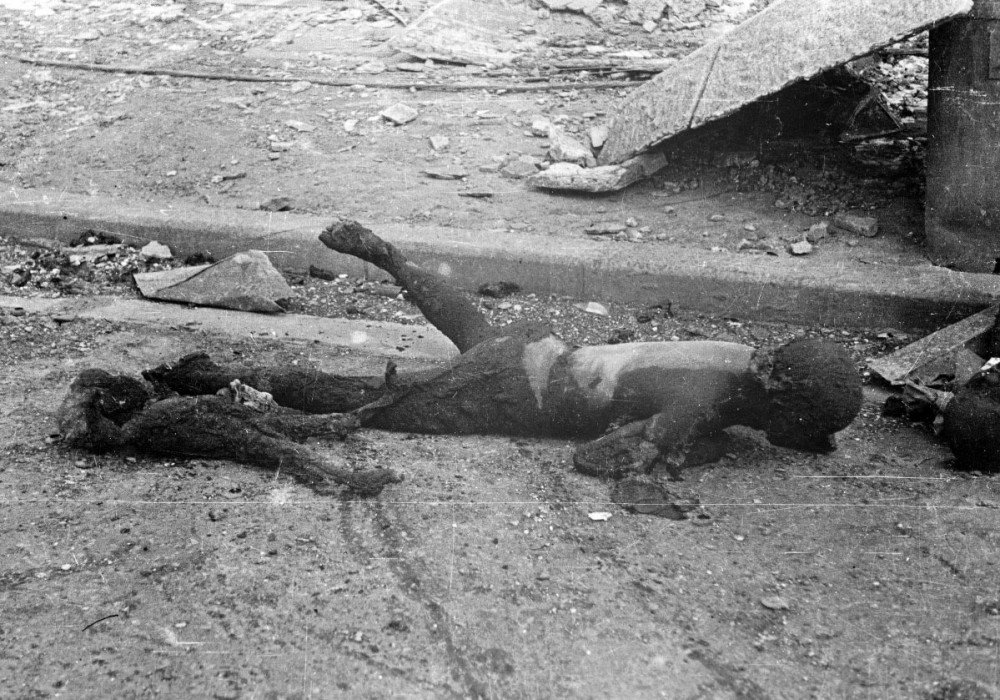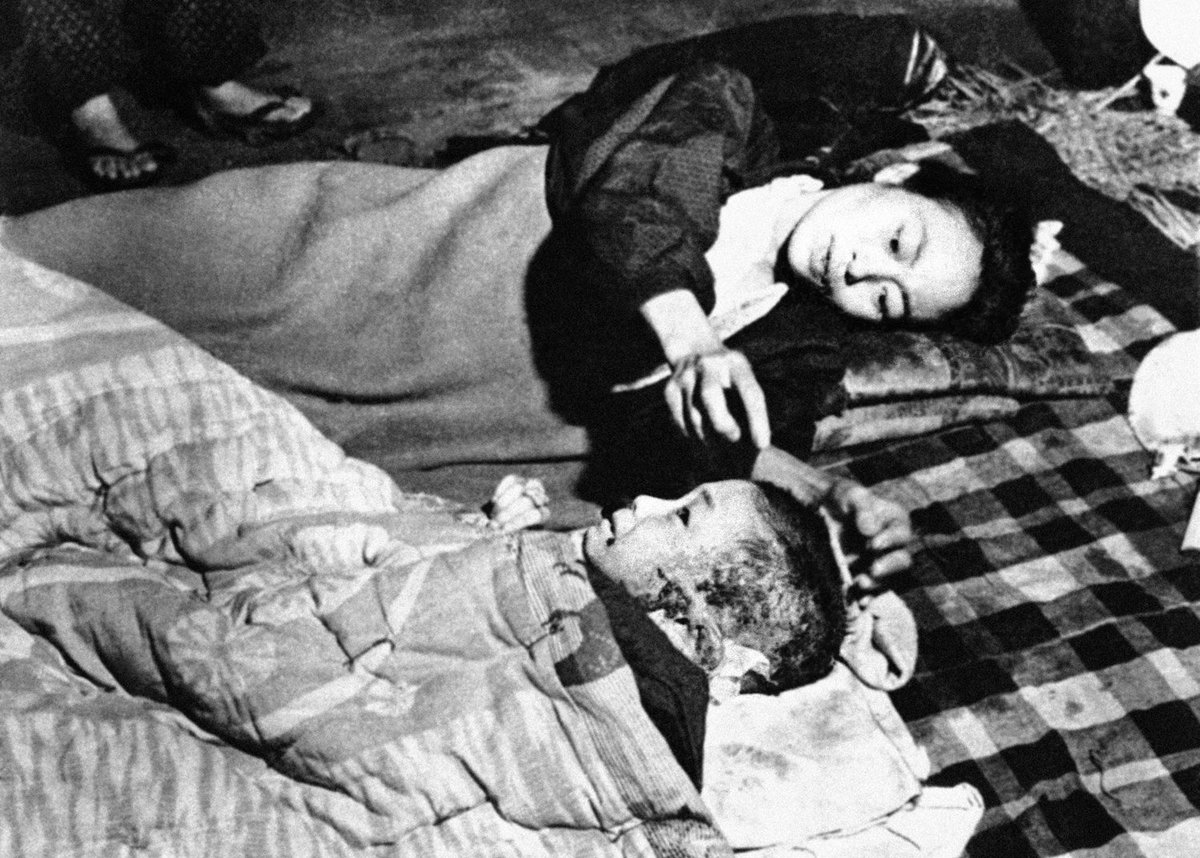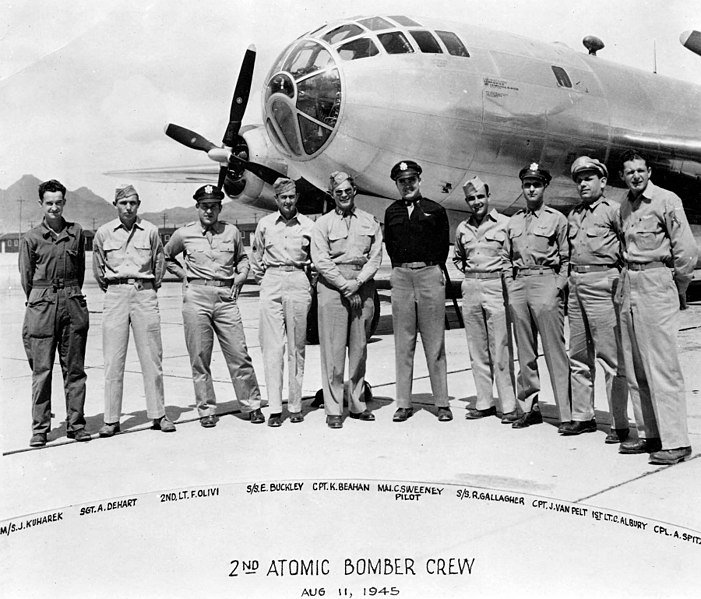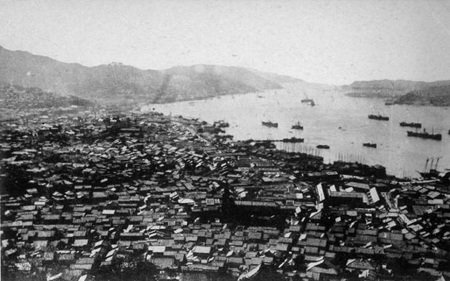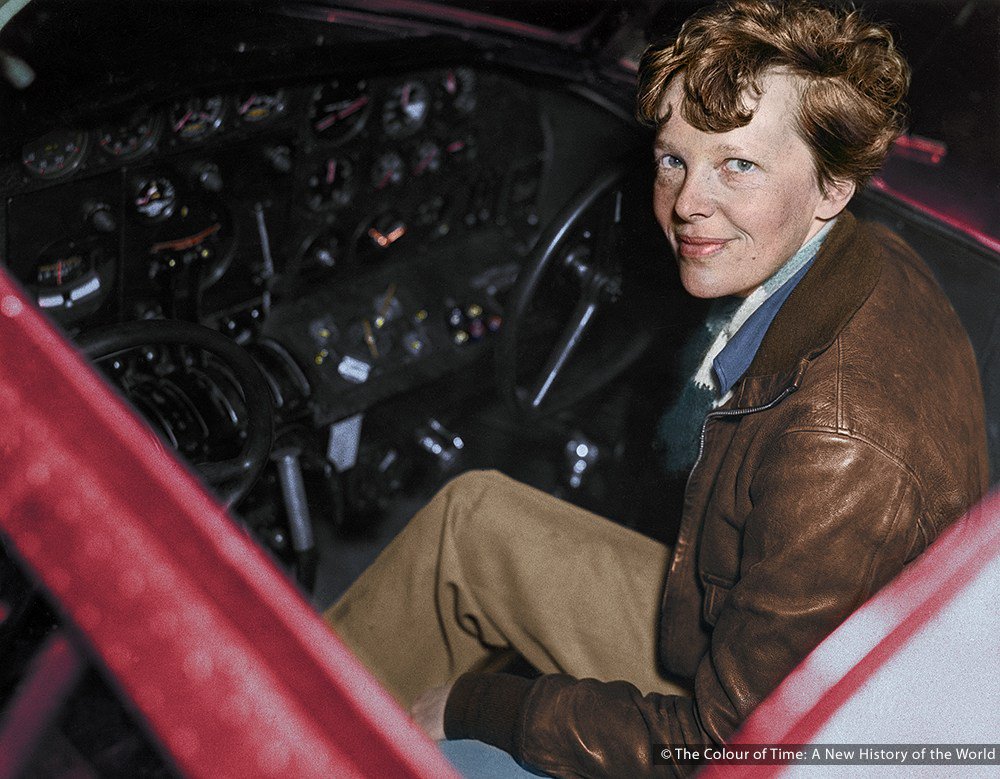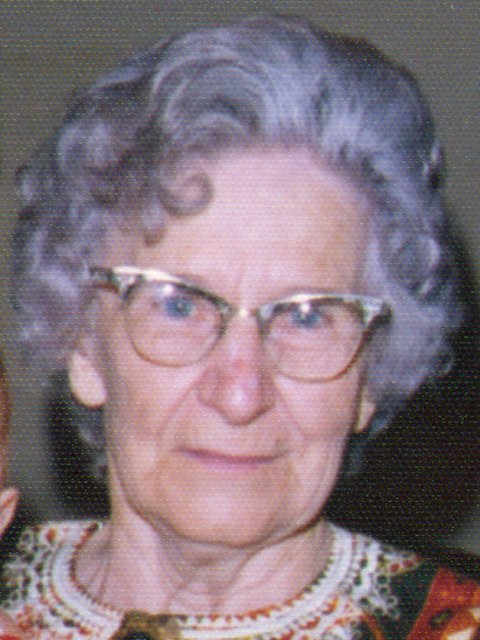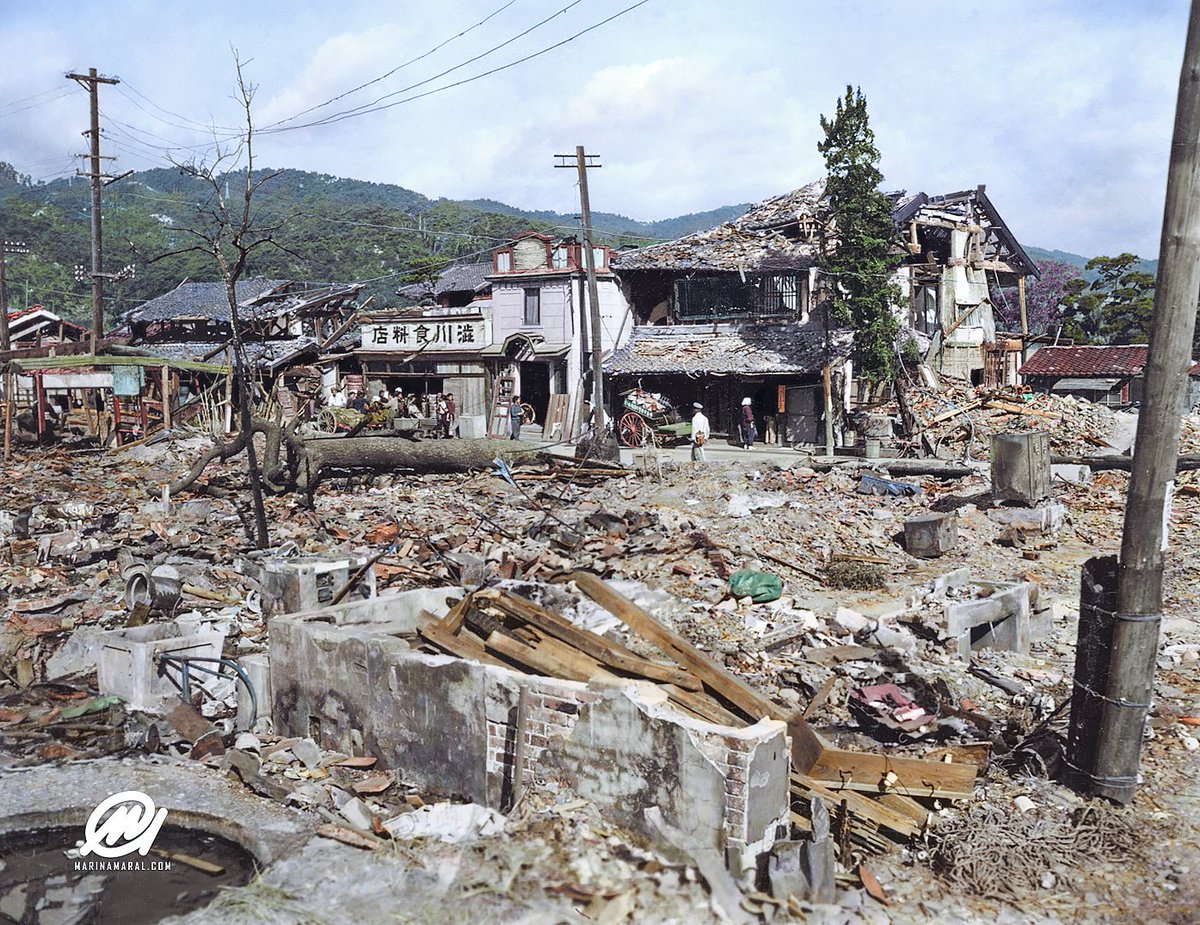
American Magic codebreakers intercepted the cabinet's messages.
Since there was no indication of Japan surrendering, they decided to proceed with dropping another bomb.
At Los Alamos, technicians worked 24 hours straight to cast another plutonium core.
Hirohito recorded on August 14 his capitulation announcement which was broadcast to the Japanese nation the next day.
As of March 31, 2017, 164,621 were still alive, mostly in Japan.





